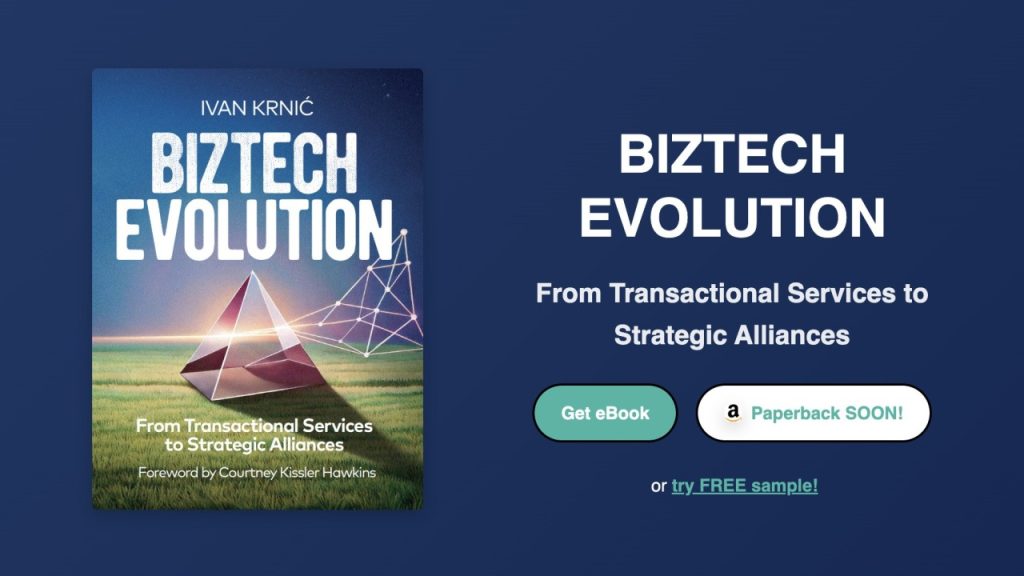Dave Farley is the pioneer of Continuous Delivery. Together with Jez Humble, he wrote a book that paved way for many organizations going through their digital transformation. It’s been 10 years now since the book was first published and a perfect opportunity came up to talk with Dave about the state of Continuous Delivery today. Of course, it was impossible not to touch upon many other topics as well.
It was a real pleasure to discuss how technology can help business today, what changed in the last 10 years since Continuous Delivery book was first published, what is the state of Continuous Delivery today, and what are the best first steps to start introducing CD to your organization.
Ivan: Dave, for people not familiar with the concept, can you please describe what is Continuous Delivery?
Dave: We are trying to work in a way so that our software is always permanently in a releasable state. And as soon as we make some mistake that stops it from being releasable, we correct that mistake as quickly as we can. So we maintain that software in a releasable state. If you think about that for a minute and what that entails, it means that we got to have fast and efficient feedback. We need to learn quickly when we make a mistake. So we’re going to go from idea to working software in the hands of users and make that process as fast and as efficient as we possibly can. And keeping our software in a releasable state is one of the tricks that we use to achieve that end.
To achieve that, it takes all sorts of changes in the way in which we behave. It has profound implications for the way we work. If you want to be world-class at this kind of approach, it means dropping all sorts of ideas that traditionally we would have held so you can’t afford to spend weeks in analysis upfront or doing lots of compliance stuff after the fact, or having manual user acceptance testing because the feedback loop is too slow. I want to find out within the same working day whether my software is fast enough, scalable enough, resilient enough, compliant, and safe enough to be released in production. So I’m gonna build supporting technology to give me fast enough feedback so I can learn that lesson, usually and ideally under one hour.
Check out the video for the whole conversation…



